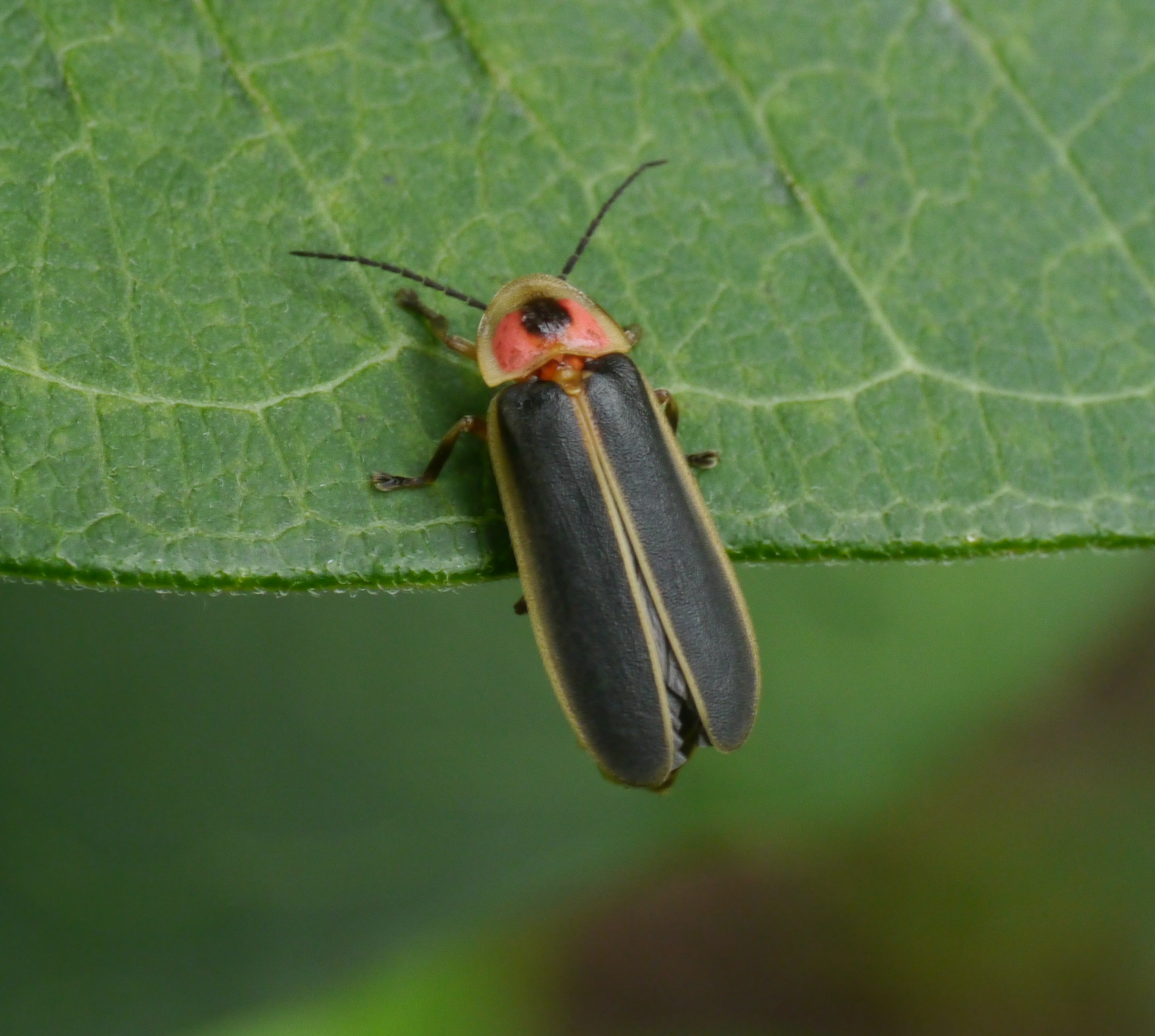

Take Photinus pyralis, one of the largest and most recognizable fireflies in the eastern U.S. “It blows my mind how they evolved these things.” “Lightning bug flashes are works of art,” says Faust, a naturalist who recently penned the definitive book on the topic, Fireflies, Glow-worms, and Lightning Bugs, published by University of Georgia Press.
#Lightning bugs eat code
Some females are completely dark, while others offer flickers to let males know they’re on the market.įor the last 26 years, Lynn Faust has been working to catalog and decipher the bioluminescent Morse Code each species flickers out come spring and summer. Others light up to compete with rivals or after they’ve been rejected by a suitor. Some fireflies will flicker when threatened by a predator or caught in a spiderweb. They can appear as single blinks or long, glowing trails. Lightning bug lamps can glow yellow, orange or, as is the case with the ghosts, even shades bordering on electric blue. But the truth is, there’s an astonishing amount of diversity among these bioluminescent beetles. Over 2,000 species of lightning bug sparkle and flicker on this Earth, with more than 125 species living in the United States. When most of us think of fireflies (or lightning bugs, as we call them in the North), we picture yellow and green-flashing orbs against a darkening summer sky. Scientists are working on ways to better track and protect these insects.If you're deep in the Southern Appalachian Mountains around dusk and spy a hazy blue circle crawling across the ground, take note: you just might be in the presence of a ghost.
#Lightning bugs eat plus
Plus an adult firefly's life span is just one to three weeks, which makes counting them difficult. Scientists aren’t sure how much the firefly population has dropped since their small size makes them hard to tag and track. For fireflies, light pollution interferes with their attempts to signal each other. Too much nighttime light can be harmful to wildlife, affecting their migration patterns and hunting abilities. Pesticide use and loss of habitat have likely impacted the population, as has light pollution. In recent years, fewer of the insects have been spotted during the summer. LIGHTS OUT?įireflies aren’t endangered, but scientists are worried about them. Their flashing is a warning light to predators to stay away. That’s because fireflies release drops of toxic, foul-tasting blood. Although they can easily spot fireflies by their glow, they rarely eat them. Predators, such as birds or toads, get a different message from these lights. (Most female fireflies can’t fly.) She answers his flashes by turning on her lights. Once he’s near the ground, a female can more easily tell if he’s from the same species as she is. When a male firefly wants to communicate with a female firefly, he flies near the ground while he flashes his light every six seconds. They use this light, called bioluminescence, to light up the ends of their abdomen.Įach firefly species has its own unique flashing pattern.


Inside special cells, they combine the oxygen with a substance called luciferin to make light with almost no heat.

They have special organs under their abdomens that take in oxygen. YOU GLOW, GUYSįireflies mostly use their light to “talk” to other fireflies and find a mate. Firefly larvae-recently hatched worm-like fireflies that haven’t fully developed yet (including their wings)-feed on worms, snails, and insects. These insects often live in humid regions of Asia and the Americas, where they mostly feast on plant pollen and nectar. (Animals that produce light are called luminescent.) That’s different from other light-producing insects of the same family, called glowworms. Also known as lightning bugs, fireflies are beetles.


 0 kommentar(er)
0 kommentar(er)
